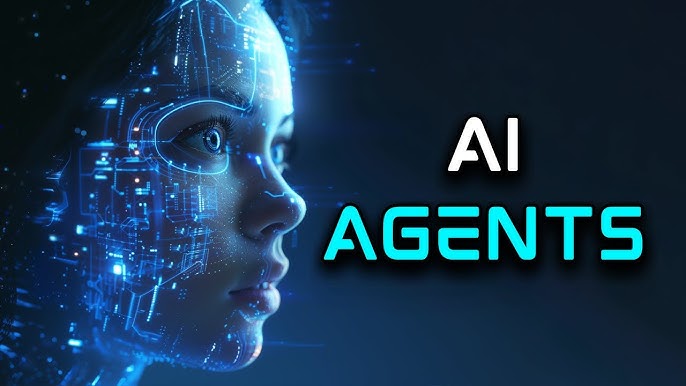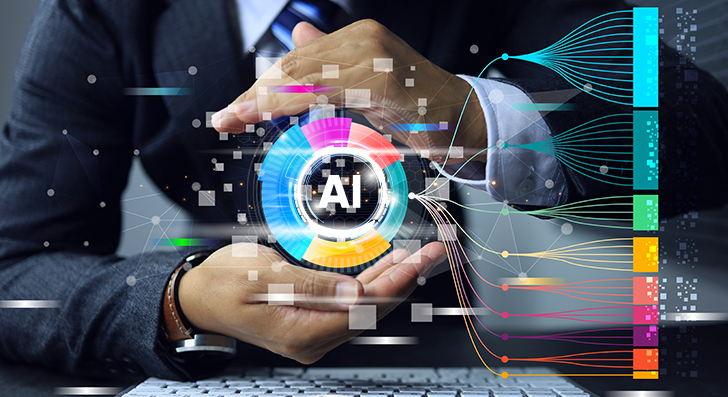In today's world, Artificial Intelligence (AI) is no longer a distant concept — it's part of our daily lives. But behind many of the tools we use — whether it's a voice assistant, a smart home system, or even a shopping recommendation — there's something called an AI agent quietly working in the background.
But what exactly is an AI agent? Why are they important? And how do they fit into our daily routines? Let’s break it down.
An artificial intelligence (AI) agent is a software program that can interact with its environment, collect data, and use the data to perform self-determined tasks to meet predetermined goals. Humans set goals, but an AI agent independently chooses the best actions it needs to perform to achieve those goals.
Agentic AI: More Than Just a Buzzword
We use the word "agent" because these systems act on behalf of a user, making decisions and taking actions with a certain level of autonomy. They don’t just follow a script — they respond based on data and context.
They sense the environment, decide what to do, and then do it. That’s why they’re called agents, not just programs
Evolution of Agent Technology
1950s-60s: Foundations
Turing Test (1950) established machine intelligence criteria
Dartmouth Conference (1956) formalized AI as a field
ELIZA (1966) pioneered pattern-matching conversation
1970s-80s: Rule-Based Systems
Expert systems like MYCIN used rule-based logic for medical diagnosis
PROLOG introduced logic programming for AI
Reinforcement learning foundations developed
1990s: Intelligent Agents Emerge
Systems began autonomous information processing
Early virtual assistants appeared
2000s: Machine Learning Era
IBM Watson demonstrated advanced NLP capabilities
Statistical models improved decision-making
2010s: Deep Learning Revolution
AlexNet (2012) transformed image recognition
GPT-3 (2020) achieved human-like text generation
Robotics and self-driving vehicles advanced
2020s: Agentic AI
Generative AI enables proactive, independent agents
Multi-agent collaboration systems emerge
AI systems develop long-term planning capabilities
The Many Faces of AI Agents
AI agents can be classified in several ways depending on how they operate, interact, and work within different environments. Here are two common ways to categorize them:
1. Based on Interaction with Users
This classification looks at how agents interact with humans — some engage directly, while others work silently in the background.
Interactive Partners (Surface Agents)
Also known as conversational agents, these agents actively communicate with users and help with tasks such as:
Customer support
Healthcare assistance
Educational tutoring
Scientific research
They usually respond to user queries and can handle:
Q&A interactions
Chit-chat conversations
Knowledge-based discussions
They are typically user-triggered and perform tasks in real time.
Autonomous Background Processes (Background Agents)
These agents operate behind the scenes with little or no direct user input. They:
Automate workflows
Analyze data for insights
Optimize processes
Monitor systems for potential issues
These agents are usually event-driven and handle queued or chained tasks independently. Examples include background bots that process logs or manage system operations.
2. Based on Number of Agents
This classification focuses on whether an agent works alone or in coordination with others.
Single-Agent Systems
Work independently to complete a specific goal.
Use external tools to enhance performance.
Best suited for well-defined, individual tasks.
Operate using a single foundation model (e.g., GPT or a domain-specific model).
They are efficient when collaboration isn’t necessary.
Multi-Agent Systems
Involve multiple agents working together or in competition.
Useful for solving complex tasks that require diverse skills or perspectives.
Can simulate real-world interactions like teamwork or negotiation.
Each agent can be powered by a different foundation model optimized for its role.
These systems are inspired by human social behavior and are ideal for dynamic, interactive environments.
How Does an AI Agent Work?
AI agents function by simplifying and automating complex tasks, often working autonomously with minimal human input. Most agents follow a structured workflow to accomplish the goals they are assigned. Here's a step-by-step look at how they operate:
Defining the Goal
The process begins when the agent receives a specific instruction or objective from the user. Based on this goal, the agent:
Understands the desired outcome
Plans a sequence of tasks to achieve it
Breaks down the larger goal into smaller, manageable subtasks
Determines the order and conditions under which these tasks should be executed
This step ensures that every action is aligned with the user’s end goal.
2. Acquiring Information
To carry out its tasks effectively, the agent needs access to relevant data or resources. This may involve:
Retrieving information from internal sources (e.g., logs, databases)
Searching the web for real-time content
Interacting with other AI agents or models to request and share data
For instance, a customer service agent might pull up previous chat logs to understand user sentiment before crafting a response.
3. Executing the Tasks
Once the necessary information is gathered, the agent proceeds to execute the planned tasks, step by step:
It completes each task in sequence or in parallel (if needed)
After finishing one, it removes it from the list and moves to the next
During execution, it continuously evaluates progress — checking for errors, feedback, or unexpected outcomes
If gaps are identified, the agent can dynamically create new tasks or re-prioritize existing ones to ensure the final goal is achieved.
Benefits of using AI agents
AI agents can enhance the capabilities of language models by providing autonomy, task automation, and the ability to interact with the real world through tools and embodiment.
Efficiency & Productivity
Higher Output: AI agents divide and conquer tasks like a team of specialists, leading to faster and more efficient results.
Parallel Execution: Multiple agents can work simultaneously on different tasks without interfering with one another.
Workflow Automation: By handling repetitive and routine processes, agents free up human time for innovation and strategic thinking.
Improved Decision-Making
Collaborative Intelligence: Agents can communicate, debate, and share knowledge to arrive at smarter, more balanced decisions.
Adaptive Strategies: Agents dynamically adjust their plans based on new information or changing environments.
Refined Reasoning: Through feedback and interaction, agents improve their logic and reduce the chances of error.
Enhanced Capabilities
Solving Complex Problems: Agents combine their strengths to tackle multifaceted, real-world challenges effectively.
Natural Language Interaction: They understand and respond in human language, improving user experience and agent-to-agent coordination.
Tool Integration: Agents can access external tools and data sources to perform tasks beyond their internal capabilities.
Continuous Learning: With every task and interaction, agents evolve — improving performance and decision quality over time.
Social Interaction & Simulation
Human-Like Behavior: Agents can simulate social dynamics — building relationships, negotiating, and collaborating like people.
Emergent Intelligence: Complex group behaviors and patterns naturally emerge from the interactions among multiple agents.
Challenges in Adoption for AI Agents
1. Data Dependent
The backbone of any AI agent is the large language model (LLM). Hence, the accuracy of the response and intelligent behaviour of the overall agents directly depend on the richness of the data on which the LLM was trained.
The Agents may become highly biased if the LLM in the backend is not trained on the right data set.
2. Limited Understanding of Context - Context Management and Intelligence
Regarding the currently available open-source AI agents like AutoGPT and others, they have a short-term memory, making it hard for them to hold on to the context in a longer conversation.
3. Security Concerns
AI Security and LLM software supply chain security are critical aspects for AI Quality and AI assurance and governance aspects.
4. Trustworthy AI Aspects
AI agents lack common sense and ethical perspectives; they can easily be made to work toward goals with malicious intent. Considerations regarding accountability, transparency, ethics, responsibility and bias in decision-making are critical in regulated industries, especially healthcare, finance, transportation.
The future is Autonomous AI Agents
Autonomous AI Agents represent a pivotal technological development and enable new opportunities in human interaction and business operations. Agents equipped with artificial intelligence and reasoning capabilities have the capacity to:
Operate independently,
Make decisions
Take actions without constant human intervention.
Agentic AI with Reasoning Capabilities
With much better LLMs in the days to come, AI agents are bound to improve as they will have more contextual understanding and more human-like responses. Also, if humans are brought into the loop of AI Agents' workings, it will further pave the way for building autonomous agents with enhanced capabilities in various fields.
Multi-Agent Systems with AI guardrails and Responsible AI Agents
With Artificial Intelligence becoming more integrated into our daily tasks, there is a rising concern about safety, privacy, and ethical considerations. Hence, we can expect equal priority to be given to performance and security concerns regarding autonomous agent solutions in the coming days.
Next Steps towards Autonomous Operations with AI Agents
Connect with our experts to explore the path toward autonomous operations with AI agents. Discover how industries and departments leverage Agentic Workflows and Decision Intelligence to enhance decision-making and efficiency. Utilize AI-driven automation to optimize IT support and operations, improving responsiveness and driving seamless, intelligent workflows.
For more information contact : support@mindnotix.in
Mindnotix Software Development Company


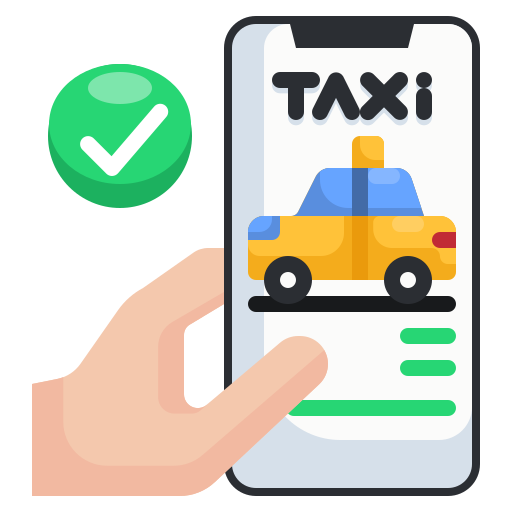 AI-Taxi App
AI-Taxi App AI-Food App
AI-Food App AI-Property Mgmt App
AI-Property Mgmt App AI-CRM
AI-CRM AI-Fantasy App
AI-Fantasy App
 Web Development
Web Development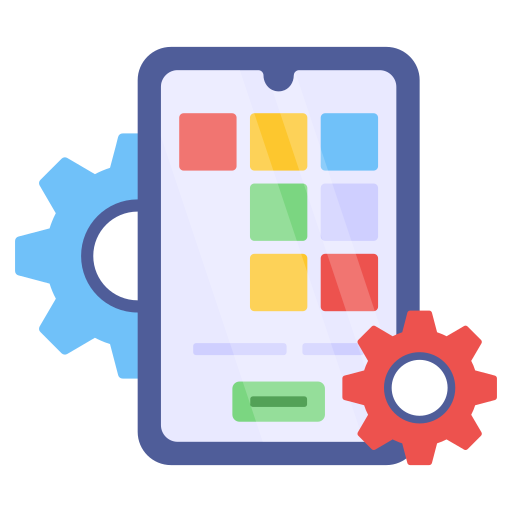 App Development
App Development Business & Startup
Business & Startup Hire Developer
Hire Developer
 Digital Marketing
Digital Marketing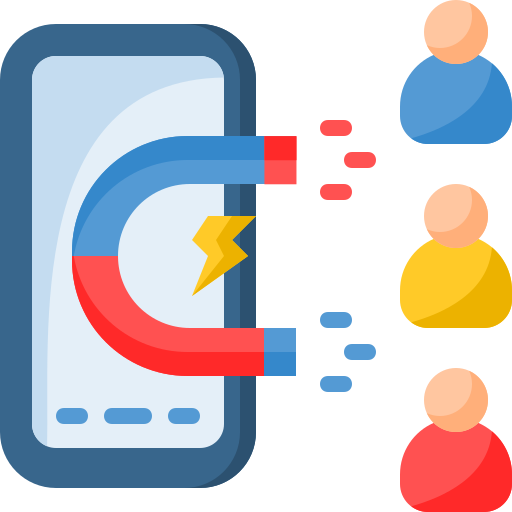 Lead-generation
Lead-generation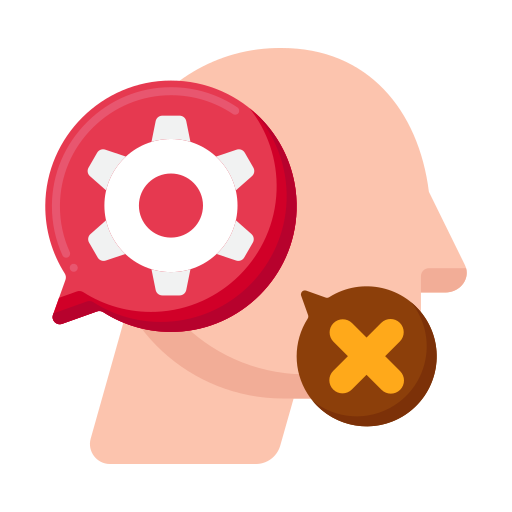 Creative Agency
Creative Agency Branding Agency
Branding Agency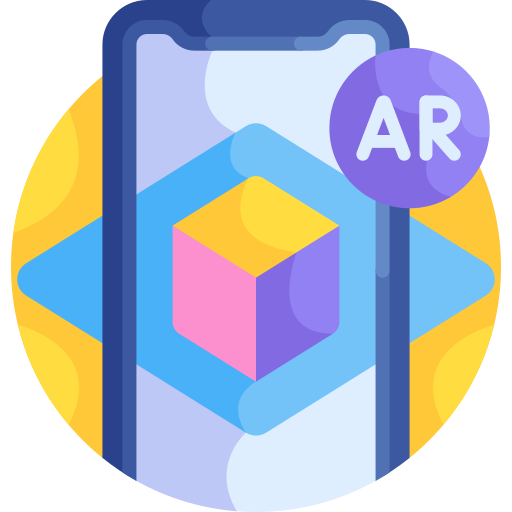 Augmented Reality
Augmented Reality Virtual Reality
Virtual Reality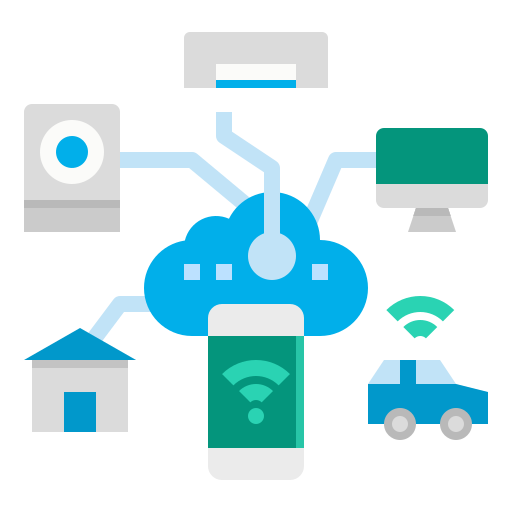 Internet of Things
Internet of Things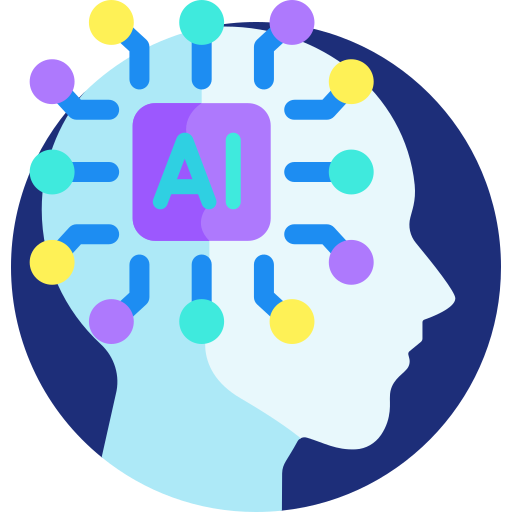 Artificial Intelligence
Artificial Intelligence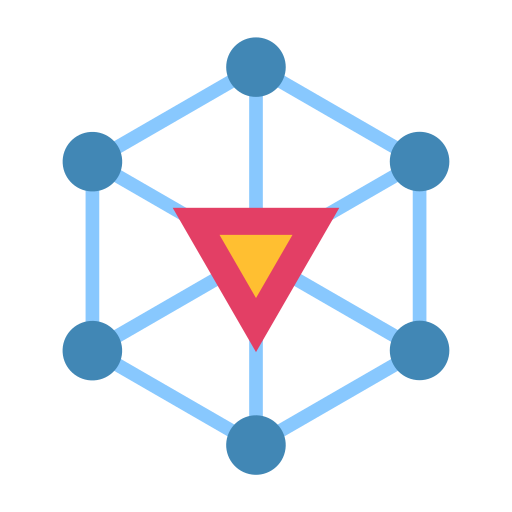 Blockchain
Blockchain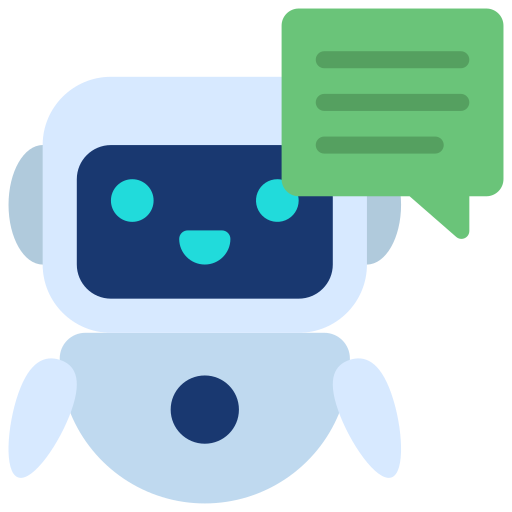 Chatbot
Chatbot